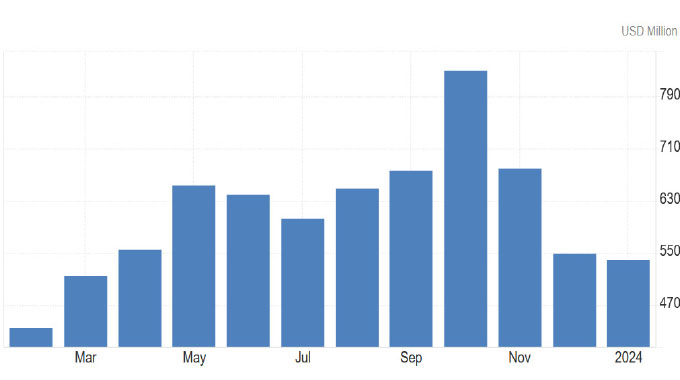Car policy could help lower domestic pollution
Jeffrey Gogo Climate Story
Global carbon emissions will this year rise 2,7 percent, as pollution from the transport industry surges, according to a new study by the Global Carbon Project (GCP). The increase is a lot bigger than the 1,6 percent reported in 2017.
This dovetails with the World Meteorological Organisation’s findings in a report last week, which said during the first 10 months of this year, global temperatures averaged 1°C above the levels between 1850-1900. The WMO said the 20 hottest years on record have been in the last 22 years, warning that global temperatures could rise by between 3°C to 5°C by end of Century.
Now new studies have emerged to back this dreadful outlook up. The GCP research shows that cars and coal contributed significantly to carbon emissions, which have increased to an all-time high this year driven by the booming global market for cars.
Coal usage in China rose sharply this year, the study said, surpassing the historically high levels recorded in 2013, adding to the global emissions total. Emissions in China have climbed 4,7 percent due to increased industrial activity, even though the country is also a rezl pioneer in clean energy putting $132 billion into renewables in 2017.
That means China could also have the answers to curbing climate change.
The country is basically leading the global clean energy revolution with massive investments in solar, wind and hydropower. China has arguably almost single-handedly brought down the cost of renewables by about 70 percent in the last decade.
A lot rests on China if the target of increasing the share of renewable energy in the global energy mix to 85 percent in the coming decades is to be achieved.
In the United States, a serial climate policy philander, growth in emissions have also been fuelled by extreme weather conditions that have increased the demand for energy. Although efforts are being made globally to migrate to clean sources of energy, this has not been enough to offset the impacts of CO2 emissions.
The uncontrolled emission of greenhouse gases such as carbon dioxide (CO2) and methane (CH4) is the biggest drivers of global warming and climate change. In Zimbabwe, recent policy changes could result in a dramatic reduction in emissions from the transport industry,
Last month, Finance and Economic Development Minister Professor Mthuli Ncube presented his 2019 National Budget themed “Austerity for Prosperity”.
The minister outlined strict measures that complement the TSP, an implementation strategy that seeks economic recovery and should see Zimbabwe become an upper middle income economy, as espoused in Vision 2030.
Among the measures introduced in the National Budget include duty payment for car imports in foreign currency. Consumers reacted angrily to the measures, concerned this will reduce the number of vehicles that are imported, especially second hand vehicles from Japan.
The “nay sayers’ to this move complained it was unfair to pay duty in foreign currency and that this would thwart their chances of ever importing vehicles.
But Zimbabwe has lots of vehicles and from an environment point of view, this was a blessing in disguise. Minister Ncube has his reasons, but he is also building on an existing law to curb emissions from the country’s rapidly growing vehicle population.
Since 2001 when Zimbabwe started to put a price on carbon for fuel, ostensibly to curb greenhouse gas emissions, petrol and diesel consumption has expanded rapidly ever since. Transport is the fourth largest emitting industry in Zimbabwe.
To drive on the roads, Zimbabwean motorists have to pay US3 cents per litre of petrol, and per litre of diesel, for the pollution they cause, Zimra says.
That’s about $13 per tonne of carbon dioxide emissions equivalent (CO2e) for petrol, and $11 per tonne of CO2 emissions for diesel, according to calculations by The Herald Business.
However, this is substantially lower than what is actually needed to achieve the global temperature targets agreed at Paris in 2015.
To do that, prices would have to rise to between $40/tCO2e — $80/tCO2e, says the World Bank’s State and Trends of Carbon Pricing 2017 report.
Clearly, carbon tax has not been effective as an emissions-controlling measure in Zimbabwe for the one reason that it has not been used to deliver climate-sensitive interventions.
In its early years, the application of the tax didn’t even seem an effective tool for curbing automobile industry emissions, but more a clever design to improve Government revenues.
But authorities have also looked to ethanol blending, both as a climate-busting intervention as well as addressing fuel shortages. Minister Ncube has now added foreign currency-denominated duty payments on polluting used Japanese cars to that layer.
He may not know it, but he is doing Zimbabwe’s climate goals a lot of favour.
God is faithful.







Comments